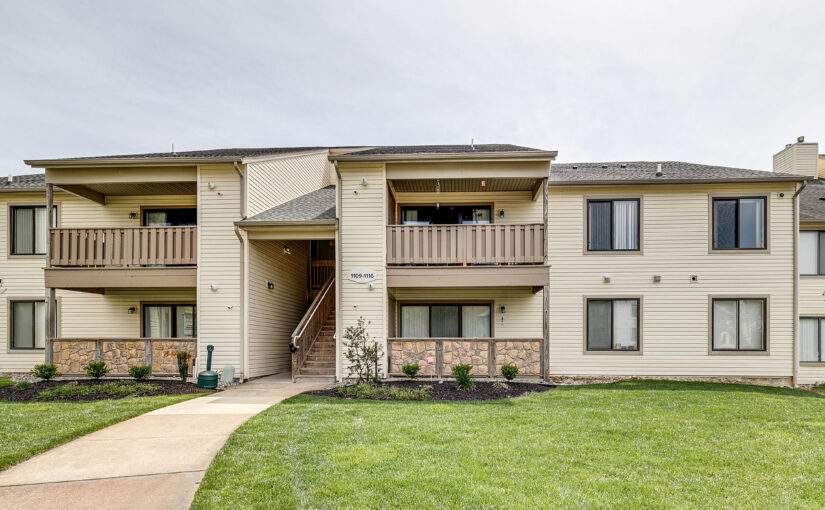In the meticulously organized world of Homeowners Associations (HOAs), the maintenance of exterior painting, deck staining, and carpentry repair plays a pivotal role in preserving the aesthetic appeal and structural integrity of the community. These tasks, far from being mere cosmetic enhancements, are essential components of a comprehensive maintenance strategy that safeguards property values and enhances the quality of life for all residents. This article delves into the importance of staying proactive in these areas, highlighting the benefits of regular maintenance and the potential consequences of neglect.
The Significance of Exterior Painting Maintenance
Exterior painting is not just about keeping homes and buildings within the HOA looking their best; it’s also a critical line of defense against the elements. Quality paint acts as a protective barrier that shields the exterior surfaces from moisture, UV rays, and temperature fluctuations, all of which can lead to significant damage over time.
Regular maintenance of exterior paint ensures that properties remain vibrant and appealing, contributing to a positive community image that residents can take pride in. More importantly, it prevents the onset of decay and deterioration that can result from prolonged exposure to harsh environmental conditions. Peeling, cracking, or fading paint is not just unsightly; it’s a telltale sign that the protective barrier is compromised, leaving the structure vulnerable to more serious issues like wood rot, mold growth, and water damage.
Exterior painting maintenance also plays a crucial role in maintaining and even increasing property values within a community, making it a highly desirable place to live. A well-executed exterior paint job not only enhances the visual appeal of a property but also serves as a protective barrier against environmental elements that can cause wear and tear. Regularly maintained properties exude a sense of pride and care, which is inherently attractive to current and prospective residents. This attention to aesthetic and structural integrity creates a positive first impression, signaling a well-managed community committed to preserving its appeal. As a result, properties within such communities are often more sought after, commanding higher market values. Furthermore, the collective commitment to maintaining exterior paint across the community fosters a cohesive and vibrant environment, reinforcing the area’s desirability and ensuring that it remains a preferred choice for homeowners and potential buyers alike.
For HOAs, establishing a routine schedule for painting maintenance is crucial. This not only includes periodic repainting but also consistent inspections to identify and address potential problems before they escalate. Such proactive measures save the community significant costs in the long run by avoiding extensive repairs or replacements that become necessary when maintenance is neglected.
Deck Staining and Its Protective Benefits
Decks are valuable amenities in any HOA community, offering spaces for relaxation and social gatherings. However, being constantly exposed to the outdoors, decks are susceptible to wear and tear from weather conditions, particularly moisture and sunlight. Without proper care, wood decks can quickly become eyesores and safety hazards, detracting from the community’s overall appeal and potentially leading to costly repairs.
Staining and sealing are essential processes that protect wood decks from the elements, extending their lifespan and maintaining their aesthetic appeal. A quality stain penetrates the wood, providing a layer of protection against moisture infiltration, which is the primary cause of wood rot and decay. Additionally, many stains contain UV blockers that help prevent the sun from graying and weakening the wood fibers.
Regular deck maintenance, including staining, cleaning, and inspection for structural integrity, is vital. It not only ensures that decks remain safe and functional for resident use but also contributes to the cohesive and well-kept appearance of the community. By prioritizing deck maintenance, HOAs can prevent the more significant expenses associated with replacing deteriorated decks and enhance the overall resident experience.
The Importance of Carpentry Repair
Carpentry repair encompasses a broad range of maintenance tasks, from fixing loose railings and replacing rotten wood to securing siding and ensuring all wooden structures are in good condition. In HOA communities, where uniformity and structural integrity are paramount, neglecting carpentry repairs can lead to a host of problems.
Rotten or damaged wood is not only an aesthetic concern but also poses safety risks. It can compromise the structural integrity of buildings and amenities, leading to more severe issues that require extensive and costly interventions. Regular carpentry maintenance allows for the early detection and correction of such problems, maintaining the safety and beauty of the community.
Timely carpentry repairs play a crucial role in preventing further damage. For instance, a small issue like a loose siding panel can quickly escalate into a larger problem if water infiltrates the wall cavity, leading to mold growth and structural damage. By addressing carpentry needs promptly, HOAs can avoid the domino effect of minor issues snowballing into major concerns.
The Collective Benefits of Regular Maintenance
For HOA communities, the regular maintenance of exterior paint, decks, and carpentry is an investment in the community’s future. It preserves and enhances property values, ensuring that residents’ investments are protected. A well-maintained community is also more attractive to potential buyers, contributing to the overall desirability of the neighborhood.
Beyond the financial implications, a commitment to maintenance fosters a sense of pride and satisfaction among residents. Living in a community that is visually appealing and well-cared-for enhances the quality of life and promotes a sense of belonging. It reflects a collective commitment to excellence and respect for the shared environment.
Moreover, proactive maintenance mitigates the risk of unexpected failures and emergencies that can disrupt the community and lead to significant unplanned expenses. By allocating resources to regular upkeep, HOAs can better manage their budgets, setting aside funds for future projects without the burden of sudden, costly repairs.
Conclusion
In conclusion, the maintenance of exterior painting, deck staining, and carpentry repair is indispensable in the management of an HOA community. These activities go beyond aesthetic enhancements, serving as essential measures that protect the structural

